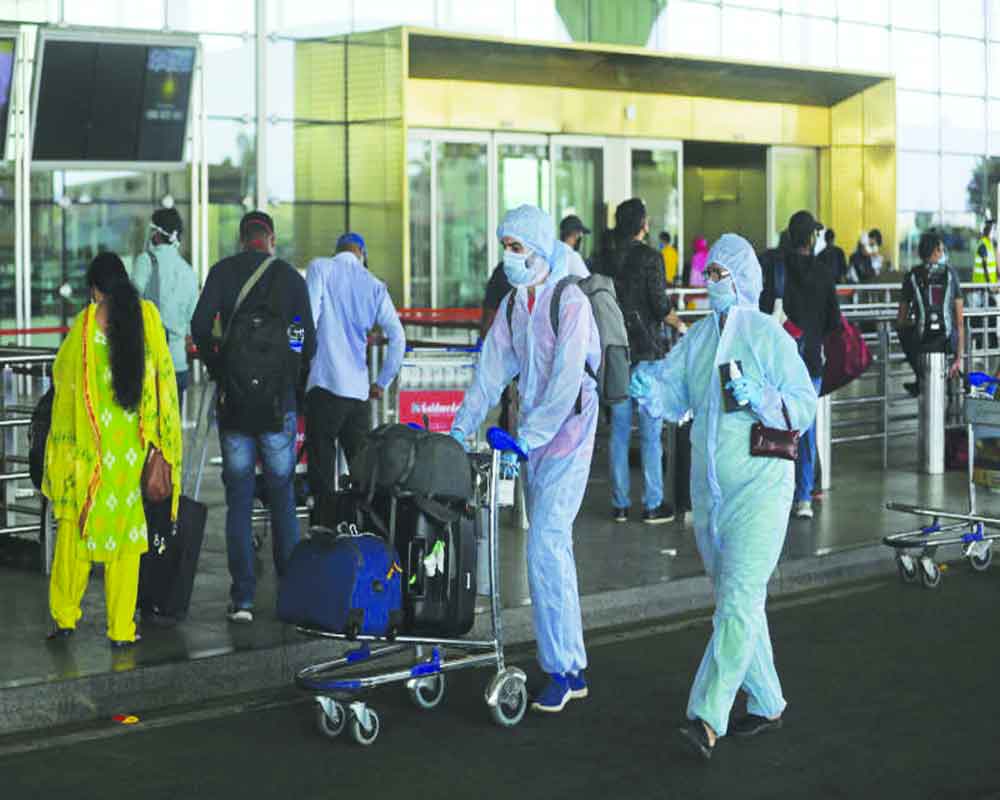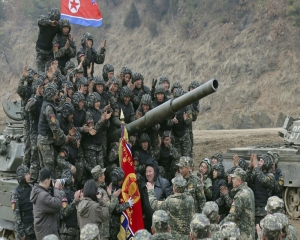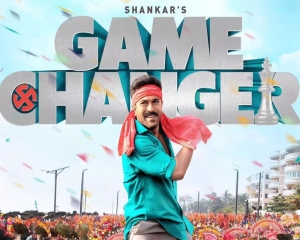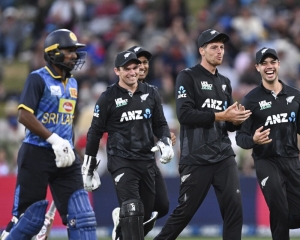The first day of domestic flights showed that there is no drop in demand and a willing adherence to norms
Two months after India resumed domestic air travel, nobody had expected a resumption of efficiencies in a new world order. But what happened on Monday belied all expectations. Harrowing scenes of chaos and panic among the passengers were reported from airports across the country. Thousands of intending air travellers, desperately waiting as they were for a chance to return to their hometowns, were all armoured with masks, gloves and other protective equipment to risk a trip in the middle of a pandemic. But after paying through their noses for a cab ride to the airport, in the absence of a public transport system, they found that their flights had been cancelled as various State Governments changed receiving protocols at their airports to contain their respective disease spirals. If this wasn’t enough, even those who were lucky enough to be airborne, were unaware of what lay ahead. For example, in Bengaluru, transit passengers, who were supposed to take another flight after a layover of a few hours, remained anxious amid reports that they would have to quarantine themselves for a week before they undertook their onward journey. There was no clarity if this rule applied to all arriving passengers or only those who would be checking out of the terminal. Clearly, all such goof-ups could have been avoided had a full-proof system been rehearsed in consultation with State Governments and the aviation majors. It is true that we needed to open up the skies or see the sector go bankrupt completely, throwing an entire workforce out of jobs. But a little bit of caution, perhaps a couple of days of dry run, would not have harmed anyone.
The Government’s hasty decision came even as the country’s red zones are on the ascendant and the busiest terminals are located in cities worst-hit by the pandemic. State Governments rightly assessed the need for careful regulation, swamped as they are with mushrooming cases and the tendency of Indians to be silent, asymptomatic carriers. So they limited flight operations and conceived of differing quarantine protocols. But there is good news. The Supreme Court has disallowed occupancy of middle seats as they would defeat the purpose of social distancing on-board for an average two-hour flight. And though Government has fixed fare brackets, this will undoubtedly push up costs. The fact that airlines flew 58,318 passengers to their destination on the first day is proof that demand has not dropped. People are willing to fly even in not-so-ideal conditions and internalise protocols of social engagement in a post-pandemic world. At least, the fear of flying again has been overcome. But there’s need for tautness and caution, we cannot drop guard.


























